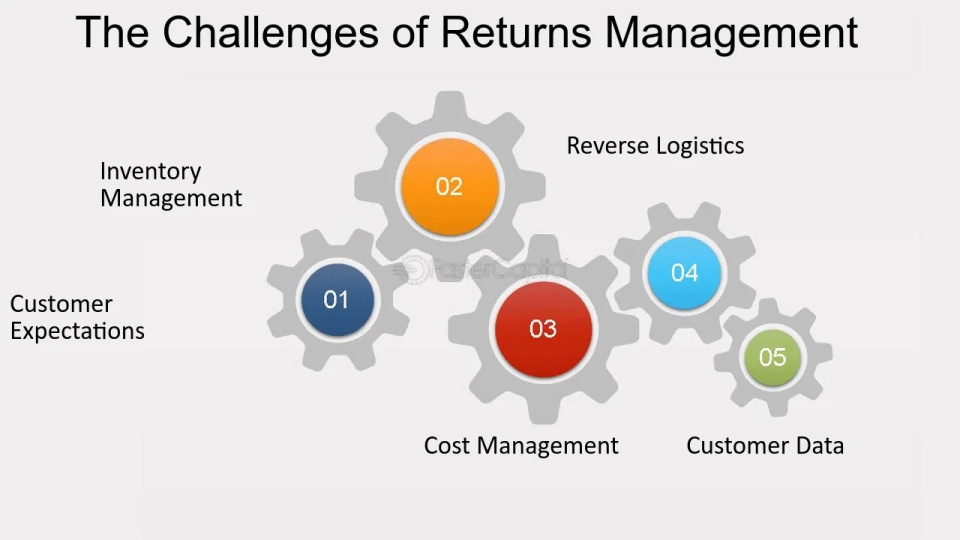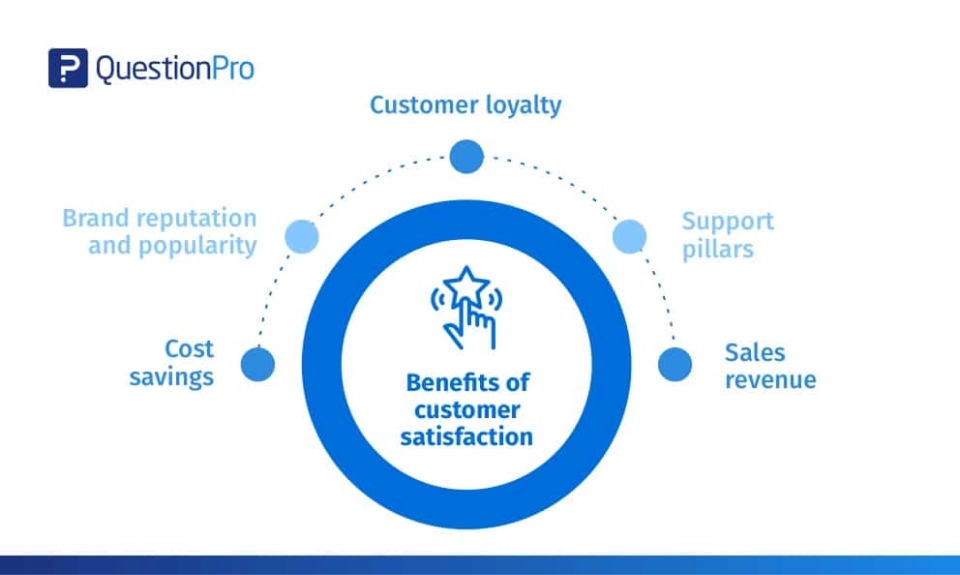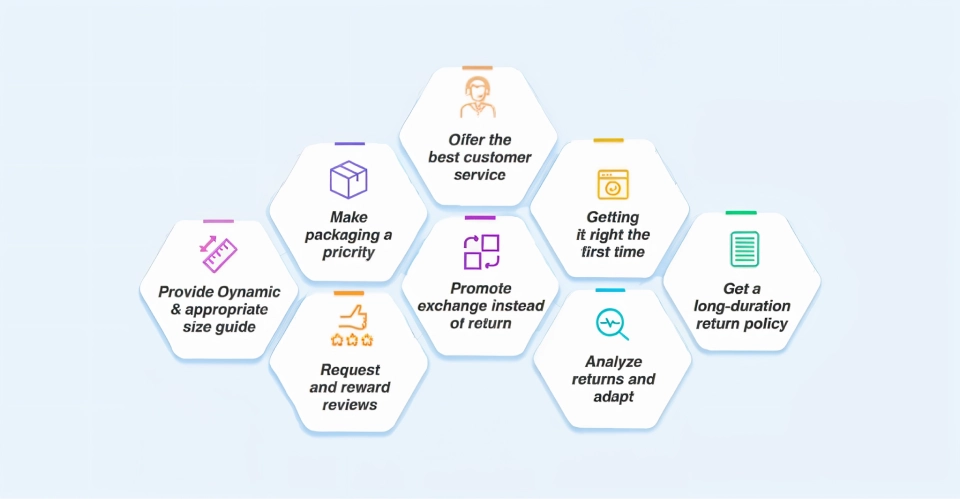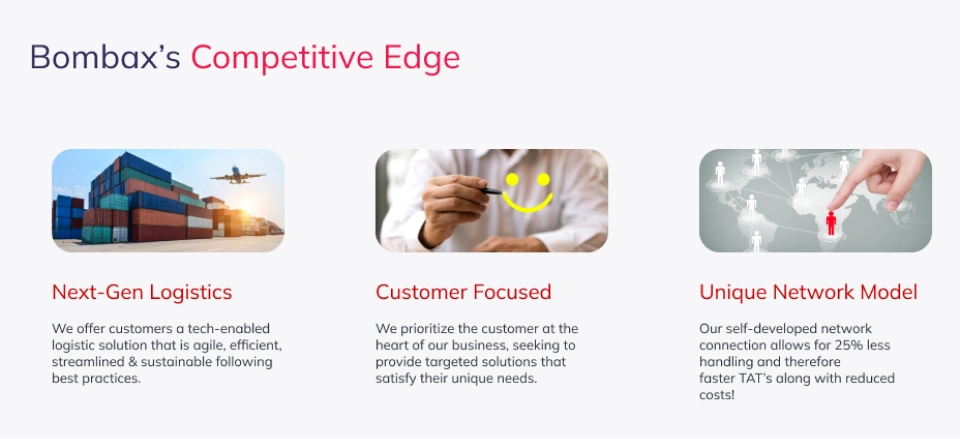Effective Returns Management for Small Businesses

Returns management is a vital aspect of logistics for small businesses, particularly in e-commerce. It encompasses the systematic handling of returned goods, from receiving and inspecting products to processing refunds or exchanges. Effective returns management not only improves customer satisfaction but also helps in maintaining operational efficiency.
Handling returns effectively is essential for:
- Minimizing disruptions to operations
- Controlling costs associated with returns
- Enhancing overall customer experience
Let us look at the challenges faced, the benefits, and the key components of effectively managing your returns for small businesses
Challenges Faced by Small Businesses
1. High Return Rates
E-commerce businesses face a notable challenge with high return rates, which can reach up to 30% in some sectors. This handling of returned goods increases pressure on logistics and inventory management.
2. Limited Resources
Small businesses often operate with fewer resources compared to larger companies. This limitation means that managing a high volume of returns can strain staff and operational capacities. With limited personnel and basic systems, small businesses may struggle with timely processing and accuracy.

3. Cost Implications
The costs associated with returns can be substantial. Expenses include reverse logistics, restocking, and potential losses from unsellable items. Effective management is essential to mitigate these costs and maintain healthy profit margins.
Benefits of Effective Returns Management
Customer Satisfaction
A well-managed ecommerce returns process enhances customer satisfaction and loyalty. When customers can return items easily, they are more likely to return for future purchases.
Key benefits include:
- Improved customer experience: A hassle-free return process can lead to positive reviews.
- Increased customer loyalty: Efficient handling of returns builds trust and encourages repeat business.

For example, a retailer offering a hassle-free return process for fashion items can see higher customer retention and positive reviews. Customers appreciate clear, efficient handling of their returns, which can enhance their overall shopping experience.
Cost Efficiency
Effective returns management can lead to significant cost savings. By streamlining logistics and reducing the costs associated with returns, businesses can improve their profitability.
Cost-saving strategies include:
- Optimized logistics management: Efficient handling reduces overall return costs.
- Data-driven decisions: Insights from returns data can help minimize future return rates.
For example, a small apparel store might reduce return costs by improving size guides and product descriptions based on return data.
Sustainability
Incorporating sustainable practices in returns management not only benefits the environment but also appeals to eco-conscious consumers.
Sustainable practices involve:
- Refurbishing and recycling: Reducing waste by giving returned items a second life.
- Eco-friendly packaging: Minimizing environmental impact through sustainable materials.
A retailer that offers refurbished products or uses recycled packaging can enhance its brand’s reputation and attract environmentally aware customers.
Key Components of Return Management

Receiving the Product
The returns process begins with receiving the returned product. It’s crucial to verify that the return complies with the company’s return policy. Clear communication with customers about the return process can streamline this step.
Proper handling of ecommerce returns sets the foundation for efficient processing. Clear communication about the status of returns and adherence to policies can enhance the overall customer experience.
Inspection and Evaluation
Once the product is received, inspecting and evaluating its condition is essential. Assess whether the item is suitable for restocking, or refurbishment, or if it should be recycled.
This step ensures that products are handled appropriately and decisions are made regarding refunds or exchanges.
For instance, evaluating a returned electronic device to decide if it can be repaired or needs to be recycled ensures that resources are used efficiently and helps in making informed decisions about inventory and product management.
Determining the Product’s Next Destination
Deciding the next step for the returned product depends on its condition. Options include resale, refurbishment, or recycling. Implementing effective reverse logistics management strategies can help manage returns efficiently.
For example, items in good condition might be resold, while those requiring repairs are refurbished. Items that cannot be resold or refurbished should be recycled to minimize waste.
Refund or Exchange
Processing refunds or exchanges promptly is crucial for maintaining customer trust. Quick processing ensures that customers receive their money back or replacement items on time, which helps keep them satisfied and loyal.
A quick and efficient refund process can greatly improve the customer experience, encouraging repeat purchases and positive reviews.
Recording and Analyzing Returns Data
Tracking and analyzing returns data is important for improving future operations. By identifying patterns and issues with returned products, businesses can make informed decisions to enhance their product offerings and reduce return rates.
Best Practices for Small Businesses for Return Management

Offering Free Returns
Incorporating a free returns policy can be a game-changer for small businesses. Offering free returns boosts customer confidence and can potentially increase sales. When customers know they can return items without incurring extra costs, they are more likely to make a purchase. This can lead to:
- Increased Trust: Customers are more inclined to buy if they know they can return products easily. This trust can turn first-time buyers into loyal customers.
- Higher Conversion Rates: A free returns policy often results in higher conversion rates. Shoppers are more likely to complete a purchase when they are assured of an easy return process.
However, it’s crucial to balance the cost of providing free returns with the potential increase in sales. The key is to carefully monitor return rates and adjust your policy to ensure that it benefits your business while keeping costs in check.
Clear and Concise Return Policy
A clear and concise return policy is fundamental to reducing customer confusion and setting proper expectations. A well-crafted policy should include:
- Clarity: The policy should be straightforward and easy to understand. Avoid complex language and jargon to ensure that all customers can quickly grasp the terms and conditions.
- Accessibility: Make sure the return policy is prominently visible on your website. It should be easy for customers to find and review before making a purchase.
A transparent return policy helps customers feel more secure about their purchase decisions and reduces the likelihood of misunderstandings or disputes.
Prioritizing Speed
Speed in processing returns is crucial for maintaining high levels of customer satisfaction. Key aspects of managing returns efficiently include:
- Efficient Processing: Quickly handling returns helps to keep customers happy and prevents frustration. Ensure that your returns process is streamlined to handle returns as swiftly as possible.
- Reduced Delays: Timely refunds or exchanges can significantly enhance the customer experience. Aim to process returns and issue refunds within a set timeframe to avoid delays.
Fast processing not only improves customer satisfaction but also fosters loyalty and encourages repeat business.
Convenience for Customers
Providing convenience for customers during the return process can greatly enhance their experience. Options to consider include:
- Pre-Printed Return Labels: Offering pre-printed return labels simplifies the return process for customers. This convenience can make returns less of a hassle and encourage customers to shop with confidence.
- Logistics Partnerships: Partnering with logistics providers for door-to-door returns adds an extra layer of convenience. Customers appreciate the ease of having returns picked up from their location.
Making the return process as smooth and convenient as possible can lead to a more positive overall experience for your customers.
Effective Customer Communication
Maintaining effective communication throughout the returns process is essential for customer satisfaction. Key practices include:
- Status Updates: Provide regular updates on the status of returns to keep customers informed. This transparency helps build trust and reduces customer anxiety.
- Transparency: Communicate what customers can expect at each stage of the return process. Let them know about any potential delays or issues upfront.
Good communication throughout the returns process enhances the overall experience and strengthens customer trust. Bombax prioritzes customer communication with targeted solutions.

Future Trends and Innovations in Returns Management
Emerging Technologies in Returns Management
The future of returns management will likely see increased use of AI and automation to enhance efficiency. Predictive analytics will also play a role in reducing return rates by forecasting trends and managing inventory better.
Sustainable Returns Initiatives
Sustainability will continue to be a significant focus, with innovations in recycling and refurbishment becoming more prevalent. Sustainable packaging and other eco-friendly practices will help minimize the environmental impact of returns.
Enhanced Customer Experience through Personalization
Personalization in the handling of returned goods is set to grow. Companies will use data analytics to tailor the returns management process based on individual customer preferences, offering personalized return options and improving overall customer satisfaction.
Conclusion
Effective returns management is essential for small businesses to maintain customer satisfaction and operational efficiency. By adopting best practices such as clear return policies, efficient processing, and sustainable practices, businesses can enhance their returns process and improve overall performance.
Bombax help you effectively manage returns with a returns system fosters customer loyalty and supports long-term success and profitability.